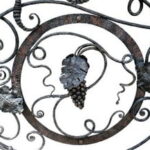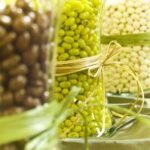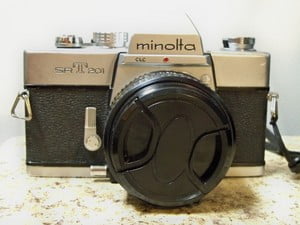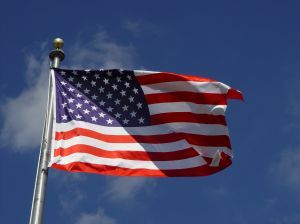Candy always gets the attention of kids! I use this model idea in my own 5th grade class to allow the kids a hands-on experience they don’t soon forget. This idea can be used for either an animal cell or a plant cell, but my directions are for the animal cell. Just remember that a plant cell would need a cell wall as well as chloroplasts added and the change in the vacuole I will describe later. These are simply the things that I use and are meant to give you ideas and inspire your own rendition.
First of all, you’ll need to decide on the cell parts that you are including. There are more parts of the cell that our 5th grade curriculum does not cover. You may want to include more, or even take out some to simplify it for younger kids. For this model we will include a nucleus, chromosomes, cell membrane, cytoplasm, vacuole, and mitochondria. For the most part these cell parts will be able to be modeled pretty similarly no matter if you choose the plant cell or the animal cell, however the vacuole is an exception. In the plant cell, there is typically one large vacuole in which food, water, and wastes are stored. In the animal cell however, there are multiple small vacuoles, which serve the same purpose, but because of the way animals consume and eliminate food, water, and wastes so much more often than plants, the storage space needs are very different.
Here’s a list of what you will need (or something similar): Paper or Styrofoam plate (any size), pull-apart thin licorice, red hots, gummy bears, gummy ring, candy sprinkles (or you can use a marker if you want to skip this), a crayon, and white glue.
First I have the kids choose a crayon and color the whole front of the plate. This will be the only cell part not represented with candy, but I feel it’s the best way as this is for the cytoplasm, which is surrounding all the other parts. I usually staple the finished models on the wall for display so a completely 3D version would not work too well. Next separate the strands of the thin licorice and glue one strand thick all the way around the top edge of the plate for the cell membrane. Next glue one gummy ring for the nucleus, and then glue a few candy sprinkles (or use the marker if you must) on top of the nucleus for the chromosomes. Next the other parts in no particular order as they can go inside the plate in any fashion and differing amounts. I often hand out the candy in random numbers to show there is not a particular number of such part. Place a few red hots to symbolize the animal cell vacuoles (remember to change this for a plant cell), put a few gummy bears on for mitochondria, and you’re done.
I always have the kids made a “key” on an index card to display next to the model, where they write down the candy, what part it represents, and a very short description of the role of that cell part. Have the kids research what each part does and have them put into their own words a short version for the key to help them remember what the functions of the parts are. Lastly be sure to let the kids have a few pieces of candy if they haven’t all along the way as you’ve tortured them with it thus far!





